10 Most Influential Graphic Novels Every Collector Should Read
Over the years, graphic novels have become a powerful storytelling medium, blending intricate artwork with compelling narratives. These works are more than just comics; they have changed the way people view graphic literature. Some graphic novels have had a lasting influence on the comic industry and beyond. Collecting these influential works can offer insight into the genre’s growth. If you appreciate both art and storytelling, these graphic novels are essential reads.
This post may contain affiliate links, which helps keep this content free. Please read our disclosure for more info.
Watchmen (1986-1987)
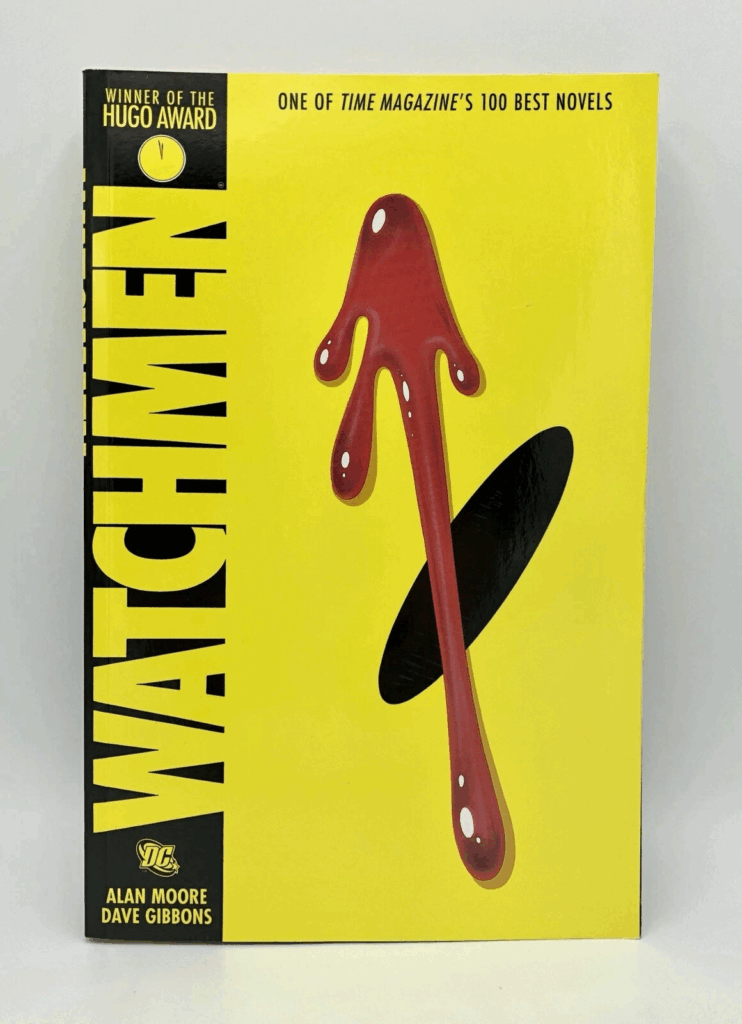
Written by Alan Moore and illustrated by Dave Gibbons, Watchmen is considered one of the most influential graphic novels ever created. Set in an alternate history where superheroes emerge in the 20th century, it explores themes of morality, power, and societal decay. The story centers around a group of former heroes investigating a mystery that threatens the world. Watchmen was a bestseller and reshaped how people viewed comic books, introducing complex narratives and deconstructing the superhero genre.
Watchmen is widely regarded as the first graphic novel to elevate the medium to a form of high literature. Its innovative storytelling, mature themes, and philosophical depth made it groundbreaking. It was a major success, winning multiple awards and being adapted into films and series. It continues to influence both comics and other forms of storytelling.
Maus (1980-1991)

Art Spiegelman’s Maus is a powerful graphic novel that recounts the story of his father’s experiences as a Polish Jew during the Holocaust. Published in two volumes, it uses anthropomorphic animals to represent different groups of people, with Jews as mice and Nazis as cats. Maus became a bestseller and is regarded as one of the most important works of literature to tackle such serious historical themes. It won a Pulitzer Prize, solidifying its place in both literary and comic history.
What makes Maus so influential is its combination of memoir, history, and art. Spiegelman’s portrayal of trauma and survival resonates deeply, especially with how he uses the graphic novel format to express complex emotions. Its success brought greater recognition to the medium and demonstrated that comics could handle serious, real-world subjects. Maus changed the landscape of graphic novels, making them more respected in mainstream culture.
The Dark Knight Returns (1986)
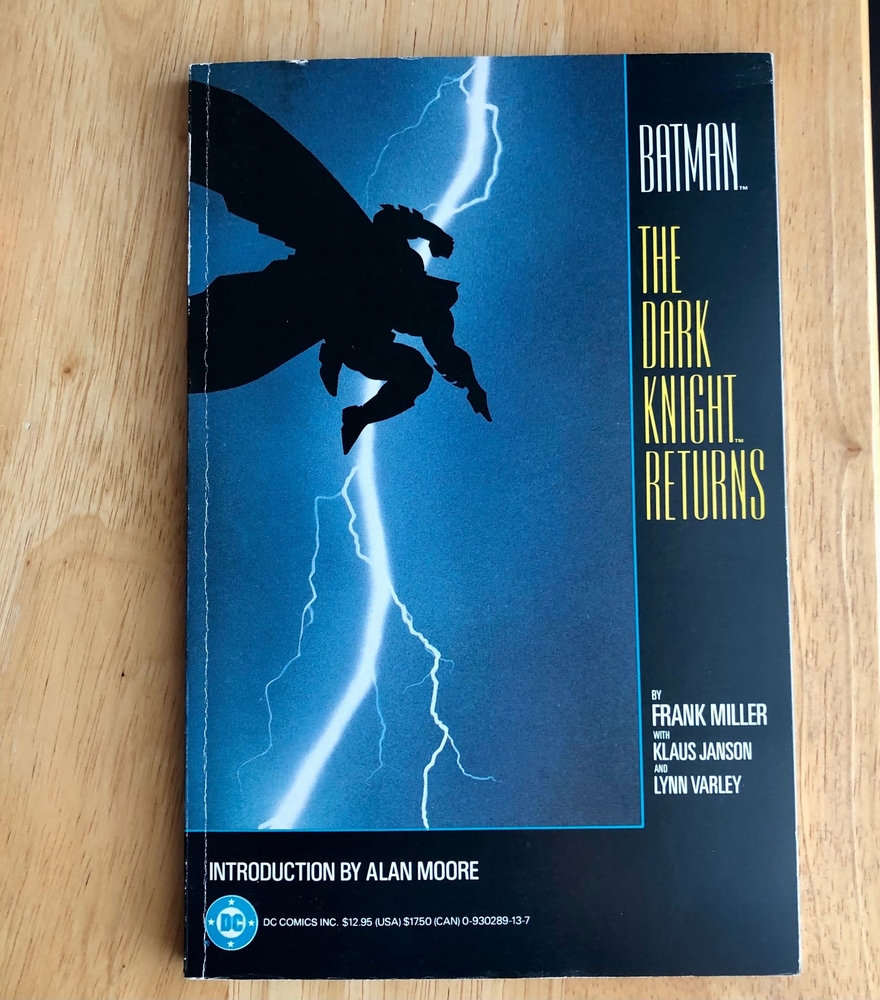
Written by Frank Miller, The Dark Knight Returns marked a pivotal moment in the Batman franchise. Set in a dystopian future where an older Bruce Wayne comes out of retirement to save Gotham, it explores themes of aging, redemption, and the consequences of vigilantism. The novel redefined Batman for a new generation, showing him as a darker, more complex character. It became an instant bestseller, influencing future portrayals of Batman and the entire superhero genre.
This graphic novel is considered one of the most influential in comic book history. It reintroduced a more gritty and mature take on Batman, setting the tone for many future adaptations of the character. The Dark Knight Returns was groundbreaking for its bold approach to the superhero genre and its mature, introspective themes. It was adapted into an animated film and remains a cornerstone of Batman’s legacy.
V for Vendetta (1982-1989)

V for Vendetta, written by Alan Moore and illustrated by David Lloyd, tells the story of a dystopian Britain controlled by a fascist government. The plot centers around a mysterious figure known as V, who seeks to bring down the oppressive regime. The graphic novel addresses themes of freedom, power, and rebellion, and it was a huge success. It was later adapted into a film and became widely influential for its political commentary and portrayal of resistance.
The novel is celebrated for its strong political messages, drawing parallels to totalitarianism and the struggles for personal freedom. V for Vendetta remains a powerful symbol of protest and revolution, especially with its iconic Guy Fawkes mask. Its impact is still felt today, especially in global protest movements. The graphic novel helped solidify Alan Moore’s reputation as one of the most influential comic writers.
Sandman (1989-1996)
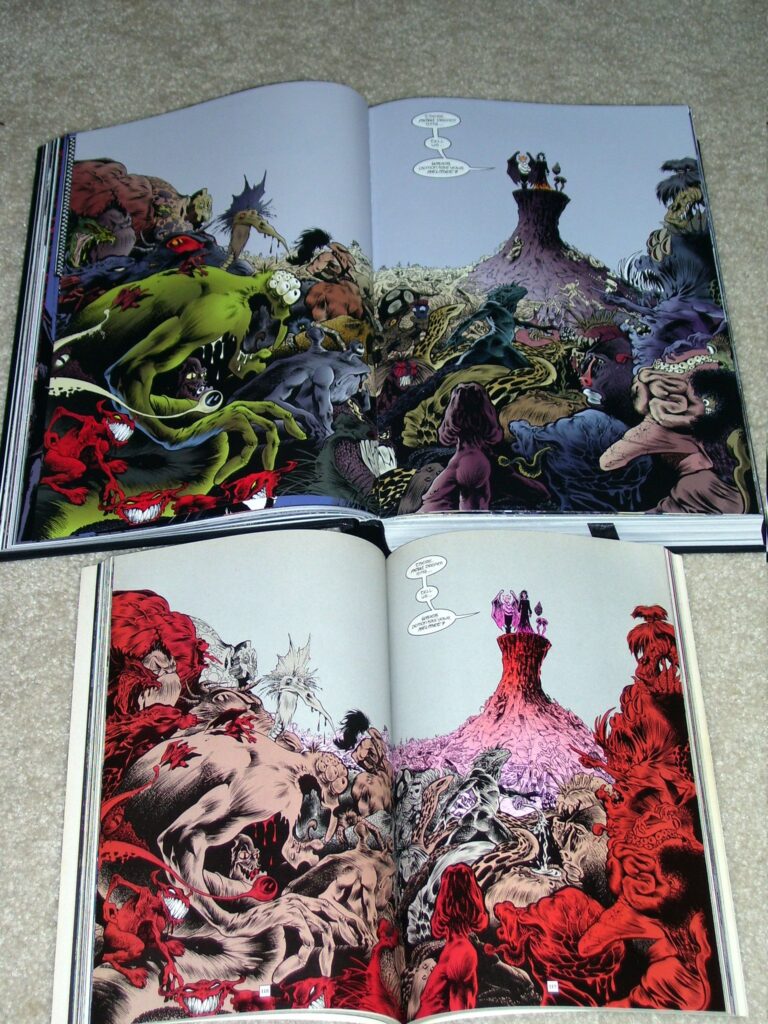
Created by Neil Gaiman, The Sandman is a critically acclaimed series that blends mythology, fantasy, and literature. It tells the story of Dream, one of the Endless, beings who represent fundamental concepts like Death and Desire. The series explores Dream’s attempts to restore order to his realm and deal with his responsibilities. The Sandman was a massive success and became a defining work of the 1990s.
What makes The Sandman so influential is its fusion of fantasy with mature themes, literary references, and deep character development. The series redefined the potential of graphic novels, making them more sophisticated and intellectual. It garnered a massive following, winning numerous awards and expanding the genre’s audience. The Sandman remains an essential part of graphic novel history.
The Killing Joke (1988)
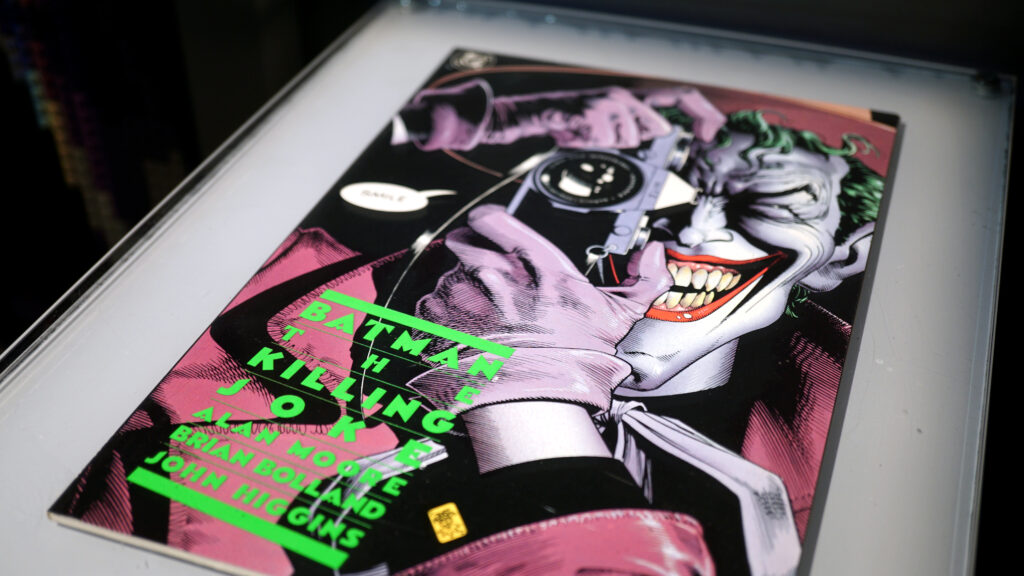
Written by Alan Moore and illustrated by Brian Bolland, The Killing Joke is a dark and provocative tale of the Joker’s origins. The graphic novel delves into the twisted relationship between Batman and the Joker, exploring themes of insanity and the thin line between good and evil. It is widely considered one of the most impactful Batman stories ever told. The book was a commercial success, though its violent themes sparked much debate.
The Killing Joke is known for its mature content and psychological depth. It is often credited with reimagining the Joker as a more menacing and tragic character, which influenced later interpretations of him in various media. The novel’s themes of trauma and identity continue to resonate with readers. It remains a classic in the world of graphic novels, influencing both Batman lore and the superhero genre.
Persepolis (2000-2003)
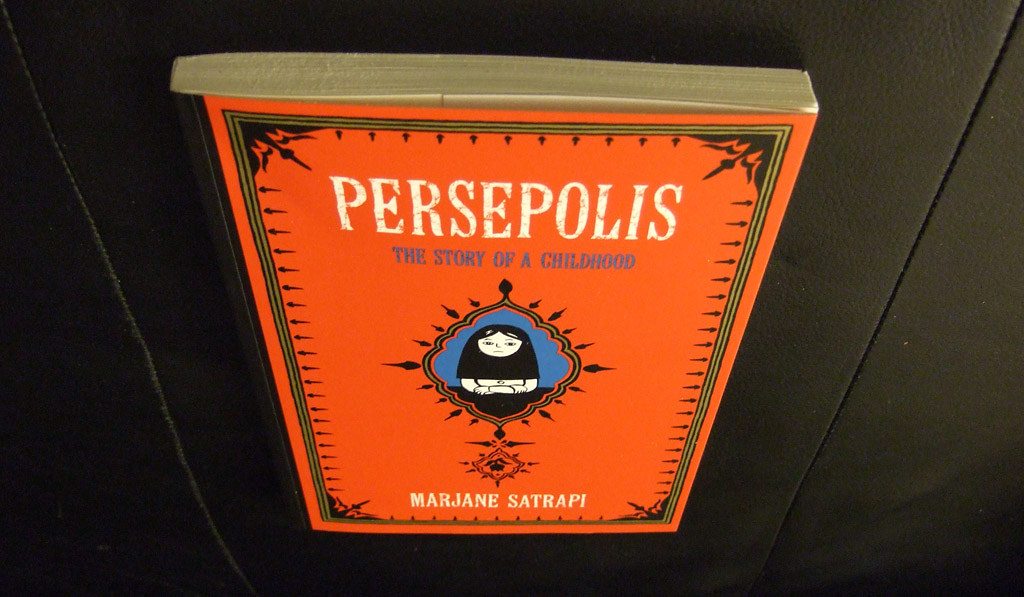
Marjane Satrapi’s Persepolis is an autobiographical graphic novel that depicts her childhood in Iran during and after the Islamic Revolution. The book explores Satrapi’s coming-of-age story, her experiences with political upheaval, and the challenges of living as a young woman in a changing society. It was a critical success and later adapted into an animated film. Persepolis has been praised for its powerful storytelling and unique art style, making it an essential read.
Persepolis stands out for its combination of personal and political narratives, blending humor and tragedy. Satrapi’s simple yet expressive art style complements the novel’s themes of resistance and identity. It has been instrumental in showing the power of graphic novels to discuss complex and cultural issues. Persepolis remains an important work in both literature and graphic novels.
The Walking Dead (2003-2019)
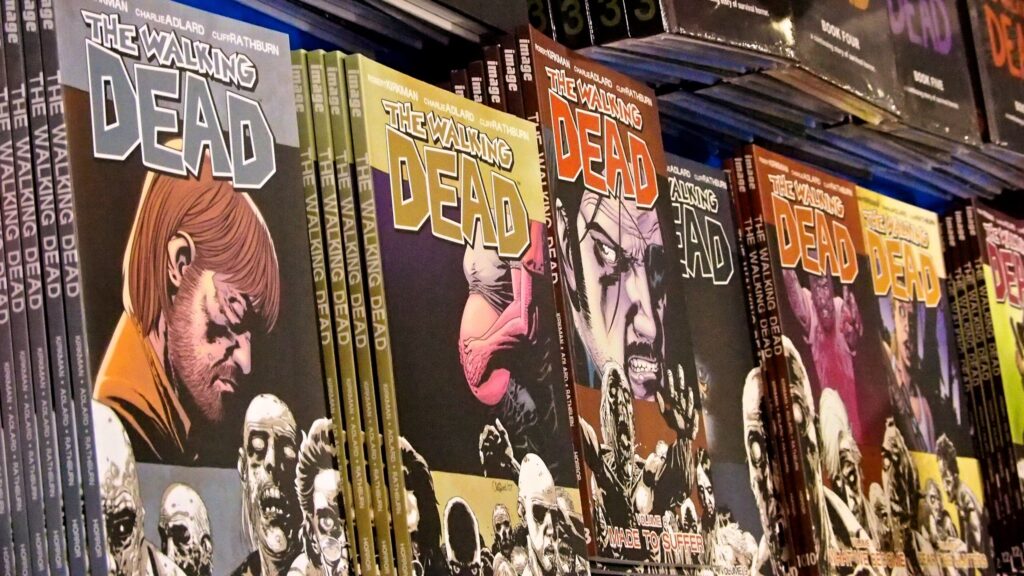
Written by Robert Kirkman and illustrated by Tony Moore and Charlie Adlard, The Walking Dead is a post-apocalyptic graphic novel series that follows a group of survivors as they navigate a world overrun by zombies. The series is known for its intense drama, moral dilemmas, and character-driven narrative. It became a massive success and was adapted into a highly popular television series. The Walking Dead revolutionized the zombie genre and remains a benchmark in graphic novel storytelling.
The graphic novel explores themes of survival, leadership, and the collapse of society, making it more than just a horror story. Its deep characters and realistic portrayal of life in a post-apocalyptic world are what set it apart. The Walking Dead has influenced countless other works in the horror and survival genres. It remains one of the most influential graphic novels in modern history.
Y-The Last Man (2002-2008)

Written by Brian K. Vaughan and illustrated by Pia Guerra, Y-The Last Man is a post-apocalyptic graphic novel that follows the last surviving man on Earth after a plague wipes out all males. The story explores themes of gender, survival, and societal reconstruction. Y-The Last Man was a commercial and critical success, winning several awards. It was later adapted into a television series.
The novel’s unique premise and exploration of gender dynamics set it apart from other post-apocalyptic stories. Vaughan’s narrative is both gripping and thought-provoking, tackling complex issues while keeping readers engaged with its action-packed plot. Y-The Last Man has had a lasting impact on graphic novels, inspiring future works that explore similar themes. It remains an essential graphic novel for collectors and readers alike.
Bone (1991-2004)
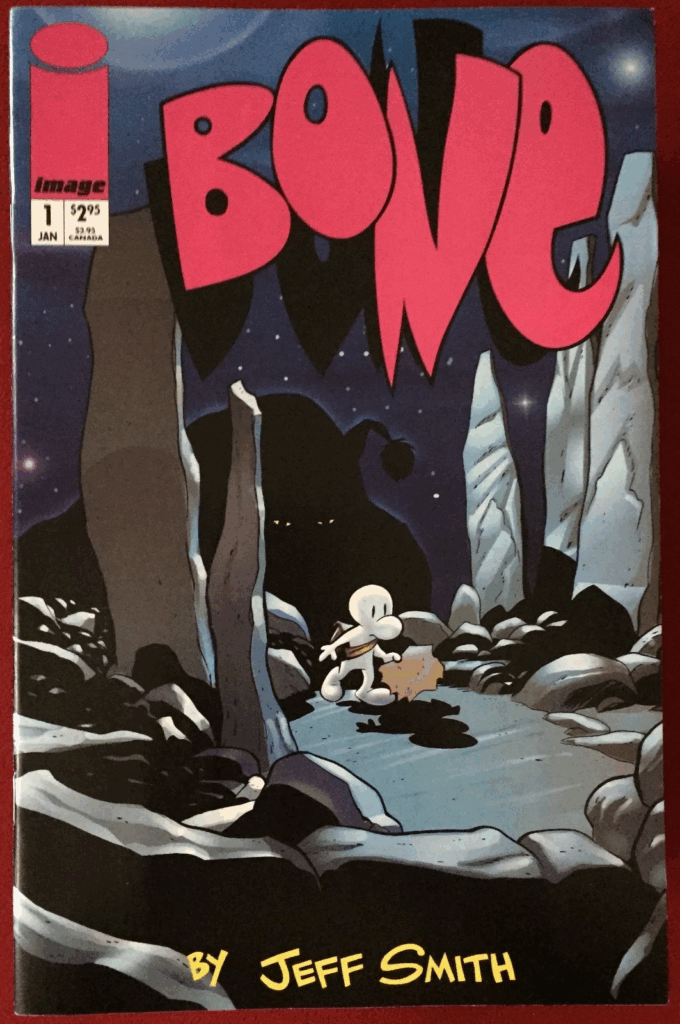
Bone, created by Jeff Smith, is an epic fantasy graphic novel that follows the adventures of the Bone cousins as they navigate a mystical valley filled with strange creatures and hidden dangers. The series blends humor, adventure, and fantasy in a way that appeals to readers of all ages. Bone was a commercial success and has won multiple Eisner and Harvey Awards. It is considered one of the greatest independent graphic novels ever published.
The charm of Bone lies in its combination of whimsical storytelling and serious themes of friendship and destiny. Smith’s art style, which evolves over the course of the series, adds to the novel’s allure. Bone was groundbreaking for independent comics and helped establish the graphic novel as a respected medium. It remains a beloved classic for graphic novel fans and collectors.
Graphic novels are a unique blend of visual art and literature, and their influence can be seen across various media. The works highlighted here have set standards for storytelling and character development, making them timeless pieces. As the medium continues to evolve, the impact of these graphic novels will always be felt.
This article originally appeared on Avocadu.
